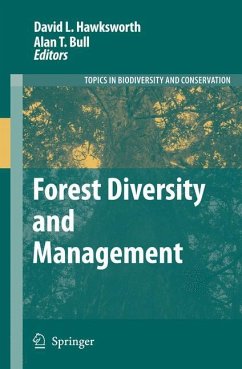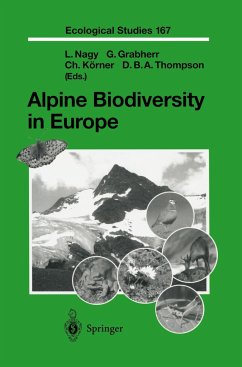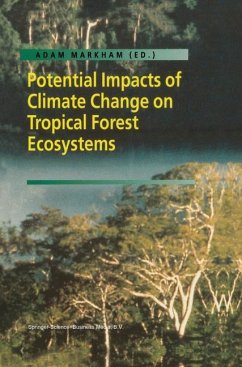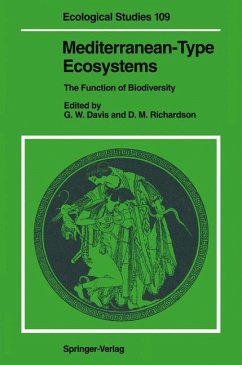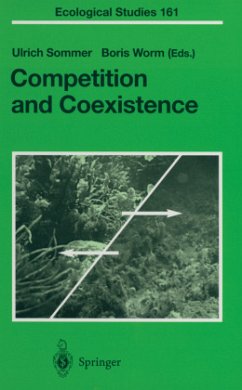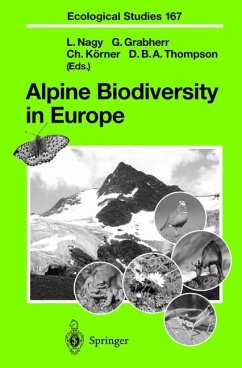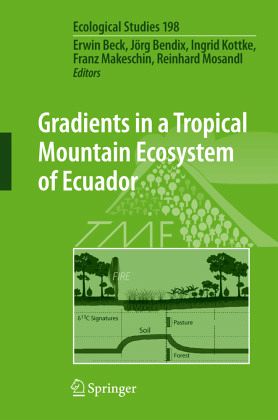
Gradients in a Tropical Mountain Ecosystem of Ecuador
Versandkostenfrei!
Versandfertig in 6-10 Tagen
226,99 €
inkl. MwSt.

PAYBACK Punkte
113 °P sammeln!
A tropical mountain ecosystem in one of the "hottest" biodiversity hotspots worldwide was investigated by some 30 research teams of numerous disciplines in the natural and social sciences. Ecosystem analysis followed two gradients: an altitudinal gradient and a gradient of land-use intensity and ecosystem regeneration, respectively.This volume addresses a multitude of ecologically relevant aspects: macro- and microclimate; physics, chemistry and biology of soils; water relations, matter turnover and nutrient availability; plant growth and biomass partitioning; floral composition and plant life...
A tropical mountain ecosystem in one of the "hottest" biodiversity hotspots worldwide was investigated by some 30 research teams of numerous disciplines in the natural and social sciences. Ecosystem analysis followed two gradients: an altitudinal gradient and a gradient of land-use intensity and ecosystem regeneration, respectively.
This volume addresses a multitude of ecologically relevant aspects: macro- and microclimate; physics, chemistry and biology of soils; water relations, matter turnover and nutrient availability; plant growth and biomass partitioning; floral composition and plant life forms; vegetation structure and dynamics; organismic interactions, diversity and population biology of birds, moths and microarthropods; forest management, and reforestation with indigenous species; ethnobotanical and social aspects. New hypotheses are presented with regard to biodiversity and ecosystem functioning, as well as sustainable management of an ecosystem in a biodiversity hotspot.
This volume addresses a multitude of ecologically relevant aspects: macro- and microclimate; physics, chemistry and biology of soils; water relations, matter turnover and nutrient availability; plant growth and biomass partitioning; floral composition and plant life forms; vegetation structure and dynamics; organismic interactions, diversity and population biology of birds, moths and microarthropods; forest management, and reforestation with indigenous species; ethnobotanical and social aspects. New hypotheses are presented with regard to biodiversity and ecosystem functioning, as well as sustainable management of an ecosystem in a biodiversity hotspot.





